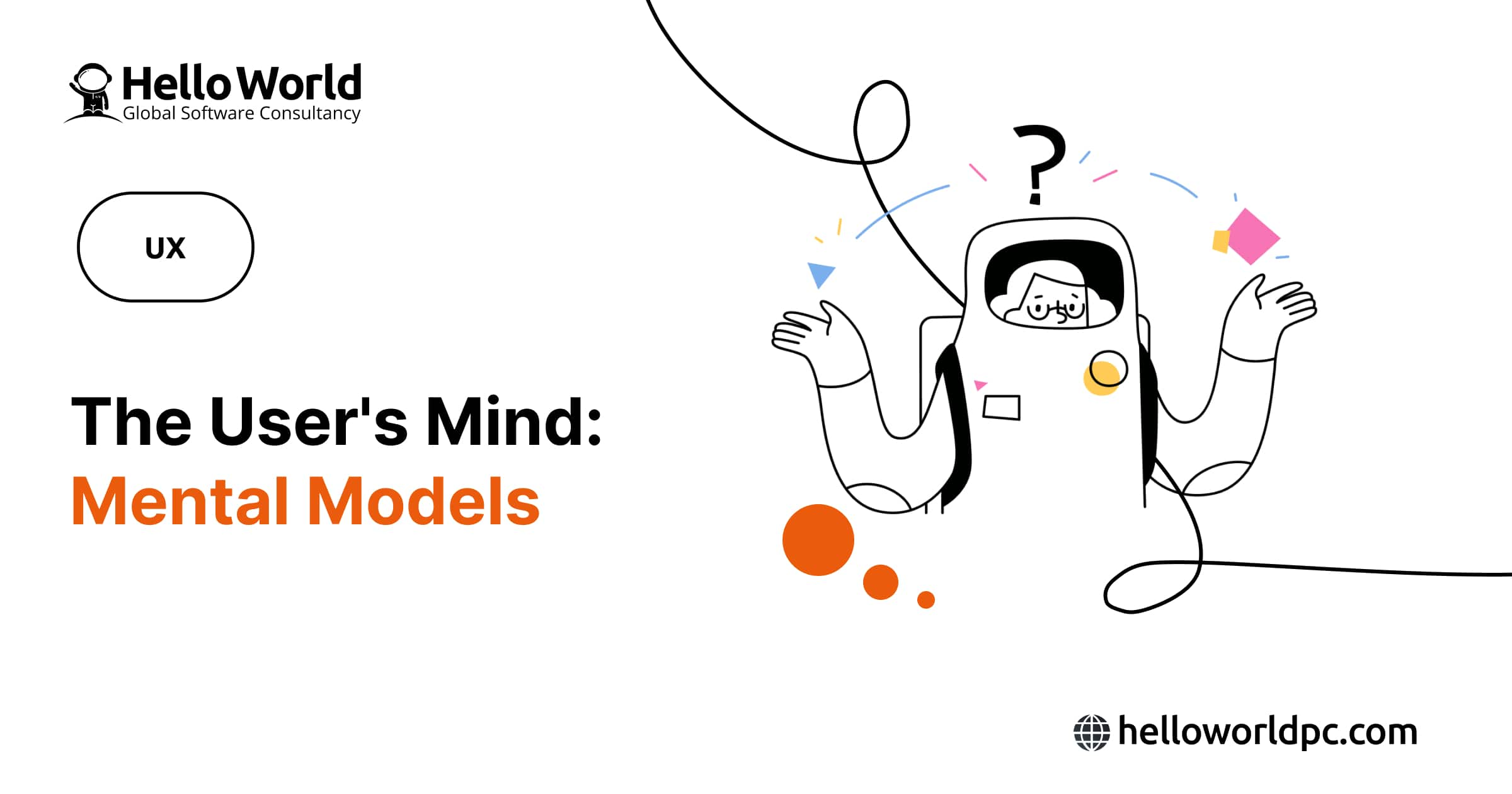In the realm of Human-Computer Interaction (HCI) and User Experience (UX) design, mental models stand as crucial constructs shaping how users perceive and interact with digital interfaces. A mental model represents the user's perception and understanding of how a system or product functions. Let's take a closer look at this concept and its importance in UX design.
What Are Mental Models?
At its core, a mental model encapsulates what users believe about a system, be it a website, an application, or any other product. These models help users predict the behavior of a system, influencing their interactions with its interface. It's important to note that mental models are not necessarily based on factual knowledge but rather on users' perceptions and past experiences.
The Role of Mental Models in UX Design
Mental models play a pivotal role in UX design as they guide users' actions within an interface. Designers strive to ensure that the interface effectively communicates the nature of the system, enabling users to form accurate mental models. However, a common challenge is the mismatch between designers' and users' mental models, which often leads to usability problems.
Example:
Let's say the designer envisions a checkout process with a clear step-by-step checkout flow:
- select items
- input shipping details
- choose payment method
- review order, and
- confirm purchase
However, some users may hesitate to proceed past the shipping information page. This is because users expect a prominent "Continue" or "Next" button, whereas the design in this example may offer a subtle "Proceed to Payment" link.
This variance highlights how users' mental models, influenced by prior experiences, can differ from the designer's vision. Adjusting the interface to match user expectations, such as incorporating a more visible button, can enhance usability and streamline the checkout experience.
Examples of Mental Models
1. Norman Doors
One classic example of mental models in UX design is the concept of "Norman Doors," popularized by Don Norman, a renowned UX designer. Norman Doors refer to doors with ambiguous or inconsistent affordances, where users struggle to determine whether to push or pull. Translating this to digital interfaces, users may encounter buttons or icons that don't clearly indicate their intended action, causing confusion and frustration.

2. Familiarity with Iconography
Another example lies in users' familiarity with iconography. Icons serve as visual cues within interfaces, conveying functionality or actions. For example, the "hamburger menu" icon, consisting of three horizontal lines, is widely recognized as a symbol for accessing a menu or navigation drawer. By leveraging users' mental models of familiar icons, designers can enhance usability and streamline user interactions. Below is an illustration showcasing the hamburger menu icon in a mobile application:

Conclusion
Mental models serve as indispensable tools for understanding user behavior and informing UX design decisions. By recognizing and addressing users' mental models, designers can create interfaces that resonate with users' expectations, ultimately enhancing usability and overall user satisfaction.
As technology continues to evolve, a deeper understanding of mental models will remain instrumental in crafting user-centered digital experiences.

